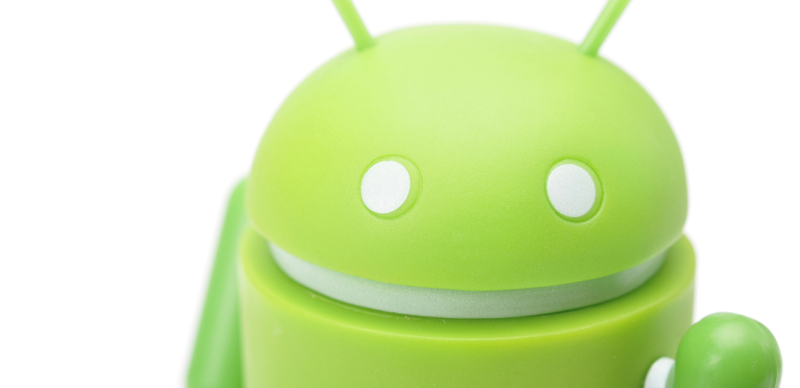Getting started: How to get set up to build an Android Wear app

(c)iStock.com/juniorbeep
In this blog we’ll get you ready to develop your first Android Wear app.
How does it work?
Basically, your Android Wear app will work by generating Cards and inserting them into the Context stream at the point they become most useful. A user will then glance at the stream on their watch and see your app’s timely and relevant update.
Your app can also have action buttons that allow a user to perform an action which may occur on their Android Wear device or on the paired handheld device.
“Okay, Google”
One cool thing about Android Wear is vocal commands. Vocal commands launch special ‘Cue Cards’ that can interact with specific vocal commands. How does it work? Cue cards recognize vocal commands and then match the command to a specific Intent. The key to getting your app to respond to vocal commands is to hook up to these Intents.
Best practices
The best practices for Android Wear are similar to best practices for any wearable app. Keep these three things in mind when creating and you should be fine:
- Wearables have small screens
- The user is wearing the device on their body
- Keep It Simple, Stupid (KISS) – Don’t ask too much from the user otherwise they won’t do it
Create a Glanceable App
A great Android Wear app should not ask much more of a user than a traditional watch would. What we mean by that is make your notifications as glanceable as possible. Traditional watches are designed to quickly give people important information, on the go. Smartwatches and apps for smartwatches should be thought of in the same way. Some ways to achieve glanceability include:
Display one piece of information at a time
Notification cards should only ever display a single piece of information. If you need to show more, use additional pages that the user will need to swipe through.
Keep it short and sweet
Yes, tl;dr applies. The less there is to read, the more likely it gets read.
Use images instead of words
Get creative and use visual components to communicate on the wearable screen. Icons can replace text and backgrounds can reinforce communications.
Use a bigger font size
This will help remind you to use less text and guarantee your text will be readable.
Keep it simple, stupid
Don’t make the user do any extra work to use your app. Smartwatches by design show users notifications without requiring actions from them, so actions should be minimal and easy to do when needed. Utilize taps, swipes and voice commands for these interactions. Remember you can always get the user to switch back to their connected handheld device if needed to complete more complex interactions on a bigger screen.
Don’t buzz us every ten seconds
It’s harder to ignore notifications on a wearable than it is any other device. Therefore, only let the most priority notifications vibrate or alert a user.
Ready? Go build your first Android Wear app
Now that you’ve read through some best practices, you’re ready to set up your development environment and get going on your first Android Wear app. This tutorial from the Android developer site is a great place to get started:
Build your first Android Wear app – https://developer.android.com/training/basics/firstapp/index.html
Before you start the class, make sure your development environment is set up. You’ll have to:
- Download Android Studio.
- Download the latest SDK tools and platforms using the SDK Manager.
Don’t forget to set up an Android Wear Emulator or Device
Ideally when you develop you’ll have one real Android Wear device on hand and have the Android Wear emulator set up. When you develop on real hardware, actual smartwatches, you get a better sense of user experience. The emulator lets you check how your app will look across different screen types.
Need some inspiration?
Check out these creative and successful Android Wear apps:
Bring up Wikipedia entries for a topic by using a voice command and easily browse the topic on your phone without having to search the entire internet.
Stream handsfree what the camera on your phone sees so you can frame things up before you capture photo or video.
This companion to the free language learning app lets you practice language flashcards on the go.
References:
https://developer.android.com/training/wearables/apps/creating.html
http://code.tutsplus.com/articles/introduction-to-android-wear-the-basics–cms-22042
Once you have an Android Wear app, integrate Strap Metrics to find our how people are using your app. More interested in Pebble? Check out this blogs to get ready to build a Pebble app.
The post Getting started – how to get set up to build an Android Wear app appeared first on Strap.

Leave a comment
Alternatively
This will only be used to quickly provide signup information and will not allow us to post to your account or appear on your timeline.